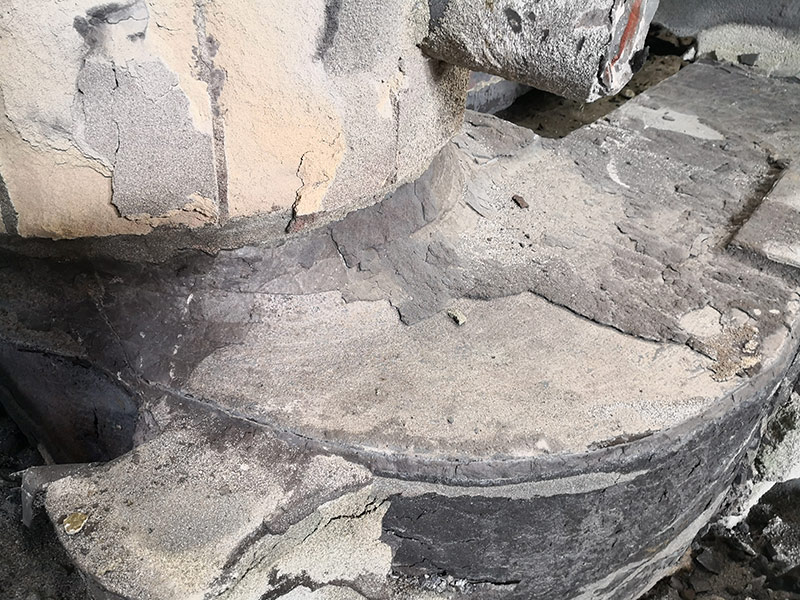The Importance of Sanding 3D Prints Achieving Smooth and Professional Finishes
3D printing has revolutionized the way we create objects, providing innovative solutions for designers, engineers, and hobbyists alike. However, one aspect of 3D printing that often goes unaddressed is post-processing, particularly the sanding of 3D prints. Sanding is a crucial step in achieving smooth, aesthetically pleasing results that can enhance the overall quality of the printed object. In this article, we will explore the importance of sanding 3D prints, the techniques involved, and tips for achieving the best results.
First and foremost, sanding improves the surface finish of 3D prints, which is especially important for objects that require a professional look or are intended to be displayed. Prints made with Fused Deposition Modeling (FDM) technology often exhibit visible layer lines, especially if printed at lower resolutions. These imperfections can make the object appear rough and unfinished. Sanding helps to eliminate these lines and creates a smoother surface, making the piece more visually appealing.
The Importance of Sanding 3D Prints Achieving Smooth and Professional Finishes
To achieve optimal results, it's important to follow the correct sanding techniques. Start with coarser sandpaper, such as 80 or 100 grit, to remove larger imperfections and layer lines. This initial step is crucial for shaping the print and getting rid of any major flaws. Once the majority of the imperfections have been smoothed out, switch to finer sandpaper, like 220 grit and above. This will help refine the surface and prepare it for painting or finishing.
sanding 3d prints

Another important aspect to consider is the material of the print. Different materials react differently to sanding. For example, PLA is relatively easy to sand, while ABS may require a more careful approach due to its propensity to melt under heat. Always test sanding techniques on spare parts or similar materials to understand how they will behave before working on the final print.
Safety should also be a top priority when sanding 3D prints. Fine particles generated from sanding can be harmful if inhaled, so it’s advisable to wear a mask and work in a well-ventilated space. Using a vacuum to collect dust or employing a wet sanding technique can further minimize airborne particles and keep the working environment safe.
After sanding, many enthusiasts choose to apply finishing techniques such as painting, priming, or applying a clear coat. Sanding creates a better surface for paint adherence and allows for an even application. Priming before painting can further enhance the final appearance, as it helps to fill in any micro imperfections left after sanding.
Finally, patience is key when sanding 3D prints. Rushing through the process can lead to uneven surfaces or missed spots, resulting in a less professional finish. Take your time, paying attention to detail, as the investment in post-processing can significantly elevate the quality of your work.
In conclusion, sanding 3D prints is an essential step in the post-processing journey, playing a vital role in both the appearance and functionality of the final product. By understanding the importance of this practice and employing proper techniques, 3D printing enthusiasts can achieve results that not only meet but exceed expectations. Whether you're a professional looking to impress clients or a hobbyist striving for perfection, effective sanding can make all the difference in the world of 3D printing.
Post time:Aug . 12, 2024 04:40
Next:Exploring the Applications and Benefits of Foundry Sand in Modern Manufacturing Processes
